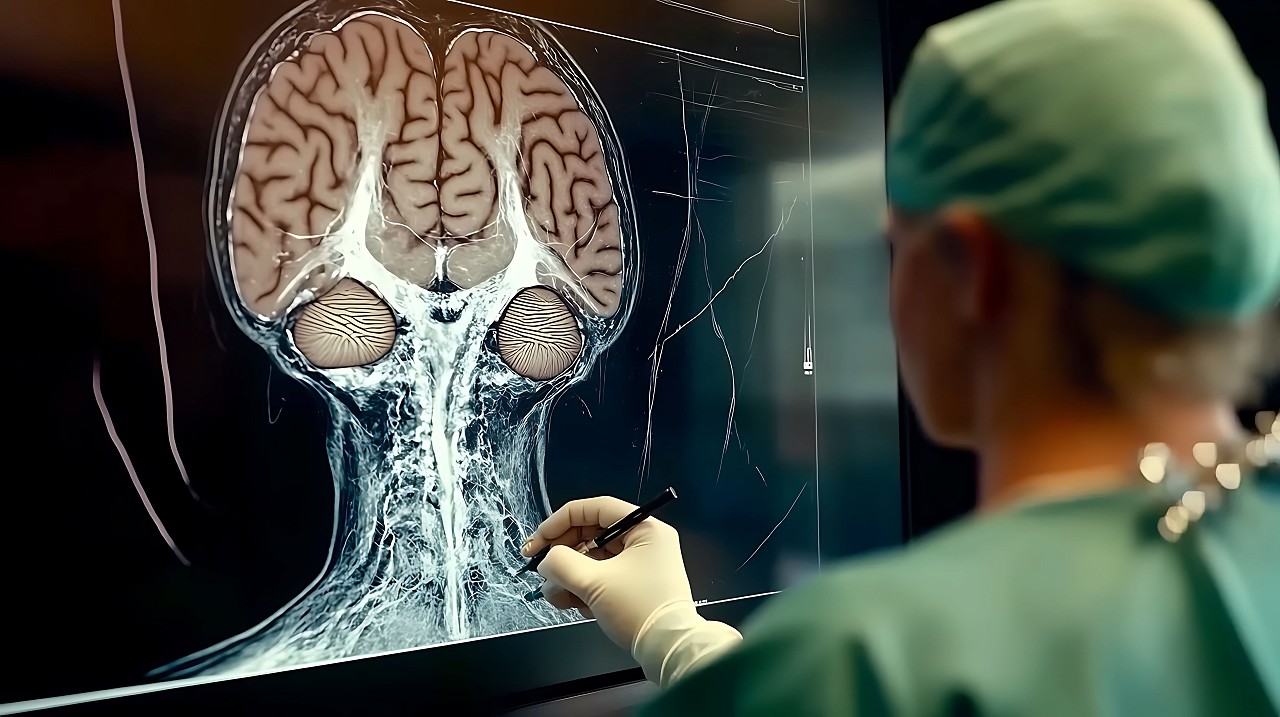
The Importance of Distinguishing Between the Symptoms of Cervical Myelopathy and Sciatica
Cervical myelopathy is compression on the cervical spinal cord which can be caused by any space-occupying lesion within the cervical spine with the potential to compress the spinal cord. Cervical myelopathy is usually caused due to pressure on the anterior spinal cord typically due to anterior herniated discs, spinal stenosis or degenerative changes of the spine.
Symptoms of cervical myelopathy include: neck pain; decreased range of movement in the cervical spine; weak hands; pain in shoulder/arms, unilateral or bilateral limb pain, paraesthesia, upper or lower limb weakness or sensory loss and an unsteady gait. Cervical myelopathy is diagnosed through a thorough physical examination and imaging such as a MRI scan.
Typical findings on neurological examination include: pyramidal weakness, limb hyperreflexia, positive Babinski’s sign, sensory loss and gait disturbance.
Cervical myelopathy can cause a variety of signs and symptoms which are typically attributed to other conditions, such as normal ageing, sciatica, carpal tunnel syndrome, movement disorders and a stroke. Given that cervical myelopathy presents with a variety of non specific and subtle signs and symptoms it can lead to a delay in diagnosis. This in turn can lead to a significant delay between when patients present in primary care and subsequent referral to secondary care.
A delayed diagnosis of cervical myelopathy can lead to significant neurological deficit including complete tetraplegia.
As cervical myelopathy presents with such a variety of symptoms associated with other conditions, it can often lead to a delay in diagnosis and, sometimes, misdiagnosis in primary care. For example, sciatica can mimic certain symptoms of cervical myelopathy in the lower limb. Thus, cervical myelopathy may be misdiagnosed as sciatica which is a common condition seen in primary care.
However, if such patients also present with subtle upper limb symptoms such as a weak grip or numbness in the hands then the original diagnosis of sciatica should be revisited.
Clinicians should be mindful of the potential diagnosis of cervical myelopathy in those patients presenting with subtle neurological symptoms which are progressively worsening , particularly if they are affecting both the upper and lower limbs and not following the normal clinical course of the presumed working diagnosis.